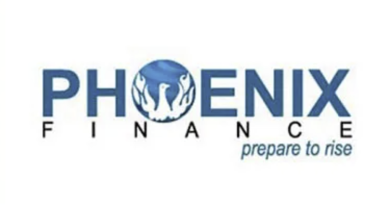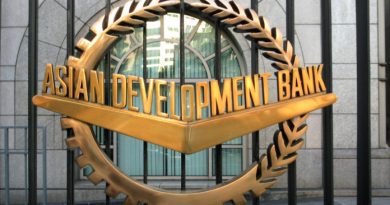Government’s domestic borrowing from non-banking sources rises significantly in recent times as institutional and individual depositors in large number put their money in the government securities (G-Sec) amid persisting low investment regime.
Normally, major portion of the government’s domestic debt to meet the budgetary shortfall comes from the banking sector while remaining small part is being generated from the non-banking sources.
Now, things start changing in recent months as the share of contribution of the non-banking avenues like institutional and individual depositors continues rising.
In the national budget for FY’26, the target of total domestic borrowing has been set at Tk 1.25 trillion, of which Tk 1.04 trillion was planned to be borrowed from the banking system while Tk 210 billion from the non-banking sources.
According to the data of Bangladesh Bank (BB), the government borrowed Tk 85.27 billion domestically in July last. Of the amount 25.68 billion came from the banks while non-banking sources contributed Tk 59.59 billion, which is more than one-fourth of the fiscal target.
In the FY’25, the country domestically borrowed Tk 1.19 trillion against the initial target of Tk 1.17 trillion. Banks altogether contributed Tk 771 billion against the target of Tk 990 billion. On the other hand, non-banking sources contributed Tk 423 billion, which was Tk 243 billion higher from the target.
Seeking anonymity, a BB official said there are two areas in the bidding on government securities – competitive and non-competitive ones. Primary-dealer banks and other banks bid for competitive area while institutional and individual investors normally put their stakes on non-competitive ones.
In the competitive area, the official said, the participants need to compete with one another over rates. And the government will decide regarding the cut-off yield considering its overall liabilities and requirements.
“So, there is a risk of not getting their bids accepted. That’s why institutional and individual investors chose non-competitive option,” the central banker added.
Citing the auction guidelines, the official said there is a maximum ceiling of 30 per cent of the notified amount in each auction for the non-competitive bidders. “Now, it’s crossed 20 per cent and we’re receiving huge response from the institutional and individual investors.”
Another central banker, who also preferred not to be quoted by name, has said they have been witnessing more participation of such investors in the treasury bills where the rates are much higher than that offered by the commercial banks.
He said the government imposed a restriction discouraging provident funds to the saving certificate instruments. “So, these funds have now been diverted to the G-Sec market. This is another reason behind the increased fund flow from non-banking sources.”
However, the downturn in the yields of risk-free government-guaranteed security instruments continues. Despite the fact, the contribution of the non-banking sources keeps mounting mainly because of existing overall economic sluggishness.
According to the dada, the cut-off yield in 91-day, 182-day and 364-day treasury bills dropped to 9.90 per cent, 9.79 per cent and 9.68 per cent respective on September 28, 2025 from 11.03 per cent, 11.16 per cent and 10.95 per cent recorded on July last respectively.






